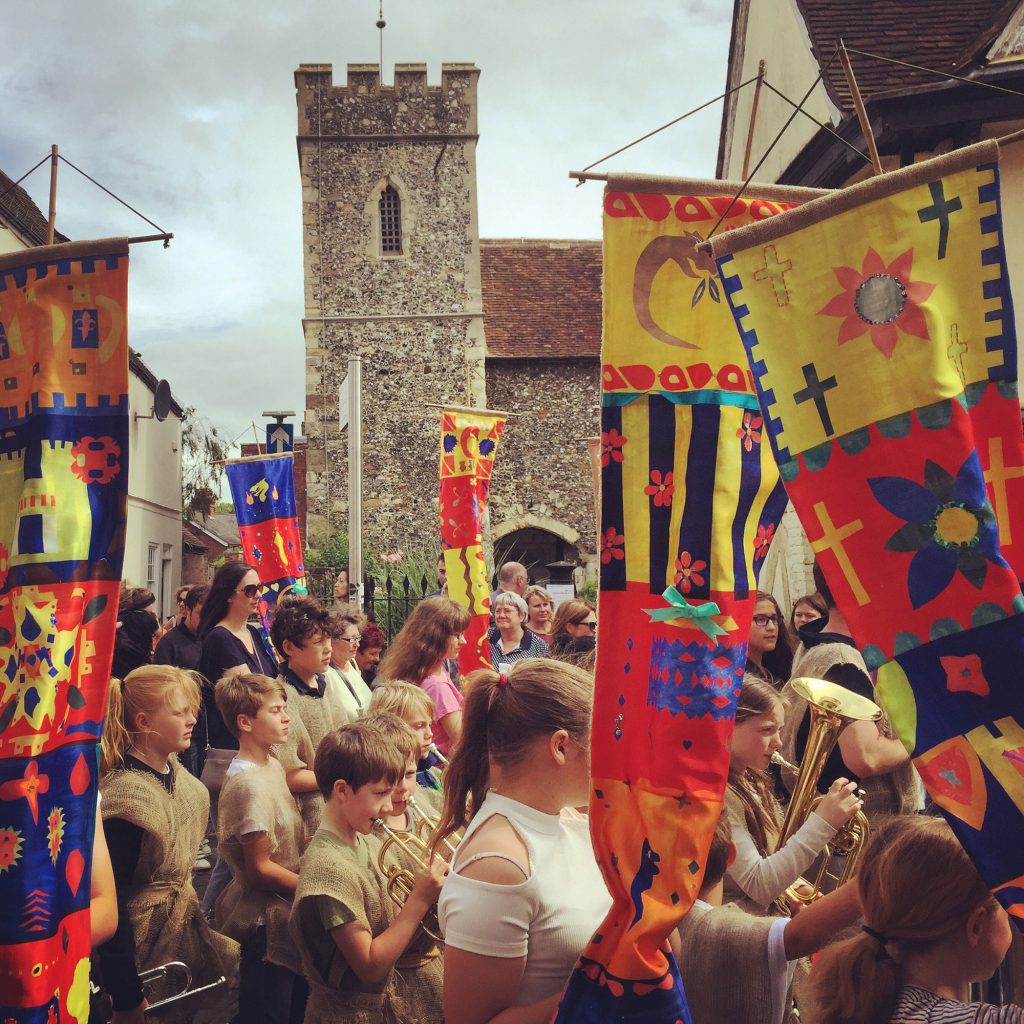Rotha Mary Clay published The Medieval Hospitals of England in 1909. It provides us with research into sometimes elusive information: the names and circumstances of the people who entered religiously-run hospitals. Reasons from admission ranged from illness to disability: a blind woman called Helen lived at Ospringe Hospital in Kent.
She also mentions the Lancastrian Falconer and Yorkist yeoman – an Arnold Knyght. He had been a falconer to Henry IV, Henry V and Henry VI. Suffering from leprosy, he himself built a house on the site of the hospital by Whiteditch near Rochester in order to spend his life in divine service. Henry VI also granted him and his wife Geraldine the lands and rents of St Nicholas Hospital.
A poor cripple from York manages to get himself to Canterbury and receive healing on one side of his body – being much grieved by this, he manages to get to St Godric of Finchale to receive healing on the other side!
There are also stories of individuals getting to Canterbury to the shrine of St Thomas where they supposedly received miraculous healing. A John King of Taunton Priory is recorded as being cured of his leprosy and a poor cripple from York manages to get himself to Canterbury and receive healing on one side of his body – being much grieved by this, he manages to get to St Godric of Finchale to receive healing on the other side! Presumably these individuals may have stayed as some point in a hospital in Canterbury.









